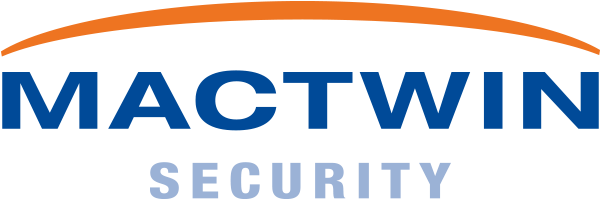FOR A SUSTAINABLE INVESTMENT AND A SMOOTH MIGRATION PROCESS
No matter how well your security systems are protected, there will come a time when parts of your systems become outdated or reach end-of-life. Even though they may still seem to function well, it is important to replace them before any issues arise. For example, end-of-life systems are no longer compatible with the latest (management) software. And there’s a real chance that the system (component) that is end-of-life or outdated will fail soon. That’s when real problems occur. Are you dreading replacing your systems? Thanks to the 6 recommendations in this article, you don’t need to worry about the migration process.
Manufacturers of security systems and components don’t stand still. They are constantly developing new, even better or faster products, based on the latest technology. They have to, if they want to survive. When a new version of a product is introduced, the old version is usually end-of-life. This has consequences for the users of those systems and/or components.
- No more support is provided, even if the system fails;
- The end-of-life system and components are no longer compatible with the latest (management) software;
- System expansions are no longer possible.
Fortunately, most suppliers or system integrators inform their customers in a timely manner about the system becoming end-of-life. If your security system is outdated or soon to be end-of-life, you must make choices. What are you going to do? Leave the outdated system in place with all the associated risks? Or are the risks too great, and you decide to replace it? Fortunately, most organizations are aware of the risks of keeping old systems in place. They rightfully choose to replace these outdated systems. By a newer system from the same supplier or a system from a different brand. Depending on the system’s role in an organization and its complexity, a system migration can be quite involved.
Mactwin has a lot of experience in replacing end-of-life systems. We’ve analyzed these experiences and identified the critical success factors in migration projects. We have translated this into 6 pieces of advice for you, so that your migration process will run smoothly and you are assured of a sustainable investment.
1. Risk assessment
Now that you are going to replace your system, take a closer look at your risks and desired level of security. New risks may have emerged over time, or previously identified risks may no longer be relevant. And is your security still at an adequate level or does it need to be adjusted to the new risk profile?
2. Inventory and reuse of existing components and cabling
Determine the exact scope of the existing installation, so that the scope of the migration project is clear. Together with your system integrator, also assess which existing components and cabling can potentially be reused. If necessary after they have been refurbished. Reusing well-functioning parts in the new system can help reduce costs. Of course, these components must be compatible with the new systems (and software) and still meet current standards.
3. Selection of future-proof system
Select a new system that meets current wishes and requirements, is compatible with the latest technology, and complies with applicable laws and regulations. Also assess whether the system is sufficiently future-proof. That is, it is a flexible system that can be adapted to new needs, requirements and circumstances in the future.
4. Risks in the migration process
Identify the potential risks in the migration process and consider how to minimize them. Think about the risk that (part of) your organization is temporarily insufficiently secured. You can solve this, for example, by deploying (extra) security personnel, (additional) camera surveillance, or other temporary security measures.
At Mactwin, we often choose to keep the outdated or end-of-life system operational during the implementation of the new system. We do this until all databases have been transferred and any teething problems have been resolved. This allows us to quickly switch back to the old system in emergencies. And during long-running (phased) projects, we keep the removed, but still well-functioning system components in stock. If a part of the old system fails during the migration, we can (temporarily) replace it. New parts are usually no longer available for outdated systems. This way, we create our own stock of spare parts, ensuring your business continuity is almost immediately guaranteed. Even if you haven’t fully transitioned to the new system yet.
5. Migration plan
Have the security system integrator draw up a good migration plan that answers the following questions, among others:
- How can the project be divided into phases?
- What are the milestones, and what is the total project timeline?
- What measures will be taken to minimize risks (see tip 4)?
- What will be done to minimize any inconvenience caused by the work?
For large projects with multiple locations, it’s practically impossible to do otherwise than divide the migration project into phases. One by one, the locations are converted to the new system, while the old system continues to run at the other locations.
6. Internal communication
Communicate with the organization’s employees and other involved parties about the (planning of) activities, the potential unavailability of systems, or possible inconvenience. Don’t forget to mention the importance of the migration and the benefits of the new system for the users.
Need advice?
Are you dealing with a system that is outdated or becoming end-of-life? Feel free to contact us to discuss how we can arrange the migration process for you.
